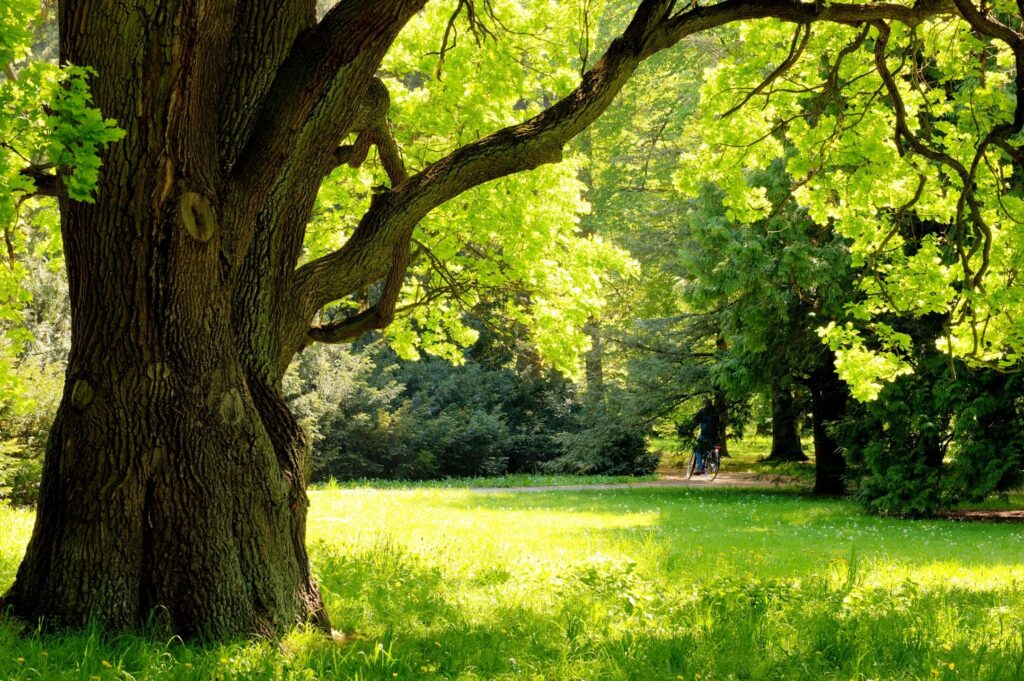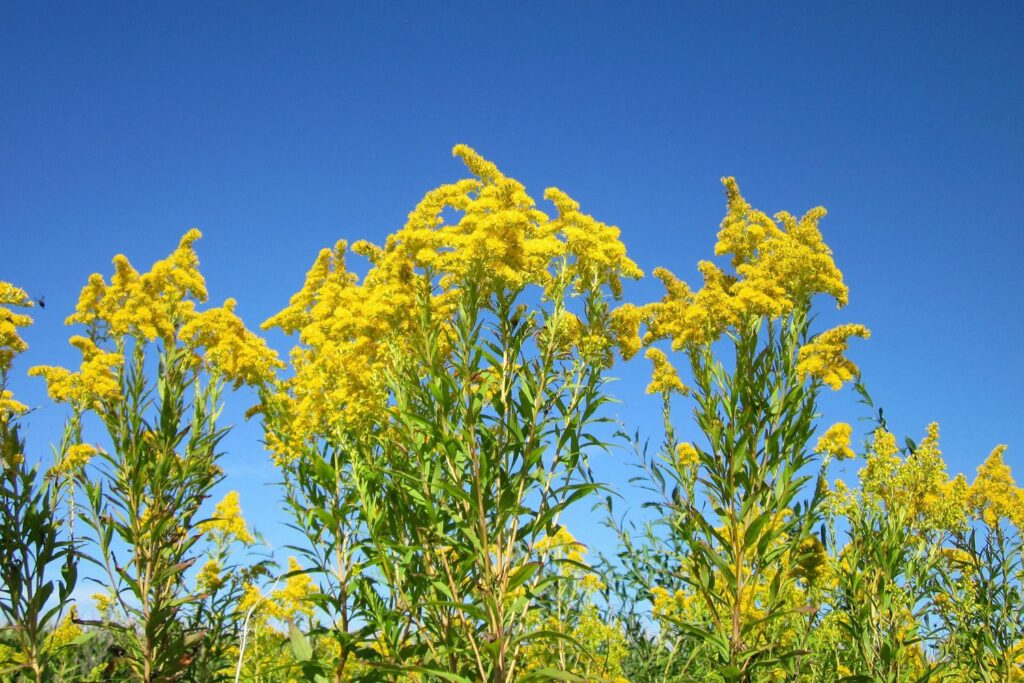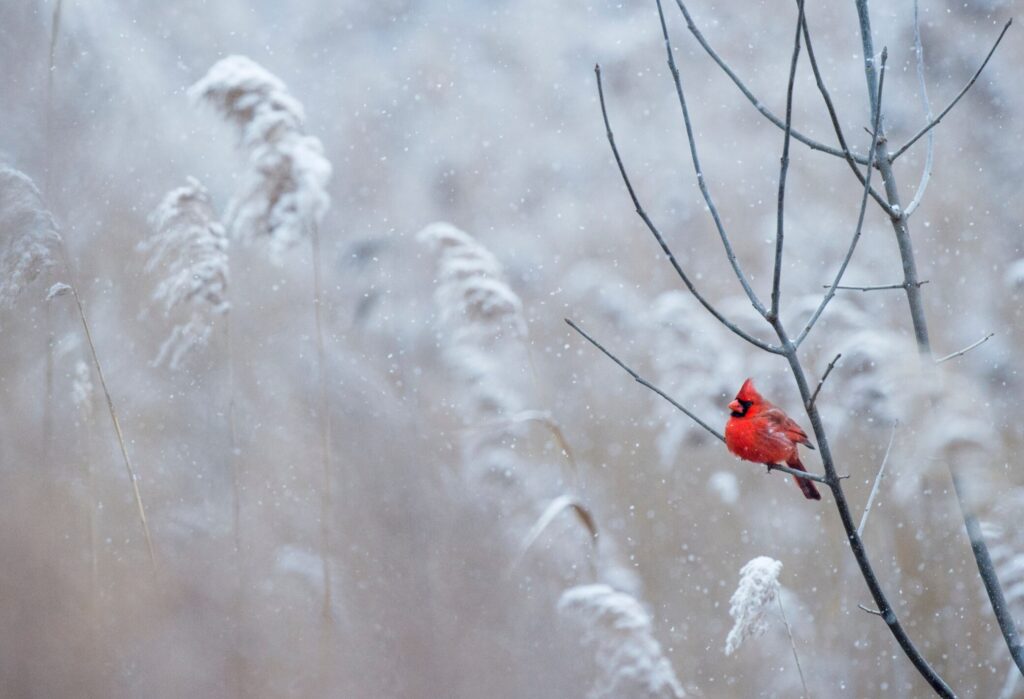
Lawn Care Tips – if you need a lawn, this is a good primer. If you’re thinking about a different kind of environmentally friendly yard, skip to the end of this post!
This article is reprinted with permission from Nick in Australia http://www.ddslandscaping.com.au/lawn-care-tips/
Spring arrives back in Oz and for anyone that owns a home with some vegetation, like a lawn, it’s time to start prepping the yard for another year of growth and colour! In the same way that every home is different, every lawn is going to have some different requirements, depending on the size, composition, and many other factors of the lawn, and that’s not even including other things like a garden.
But for now, let’s keep things simple and just look at the lawn itself. After a winter of inactivity, the days will be getting longer and the temperature will start to rise. That will be your signal to your lawn to start growing again, but there are a few things you can do to ensure that this season the process is a smooth one that gives you a green, luxuriant surface that looks great for your home.
Is Your Lawn level?
You may not have given this much thought before, but the secret to easier lawn maintenance is an even surface. Of course, we’re talking about nature, and things can happen in nature that can break up a careful gardening plan. But if you’ve got an uneven lawn, you can do something about it, and you should!If there are elevations in your lawn, a typical mower is going to shave this area much too thinly compared to the rest of your lawn. If there are depressions in your lawn, water can pool in these in areas, causing drainage issues. This unevenness can even affect how compacted the soil is. So, depending on your situation, you should fill depressed areas, or flatten elevations. This will quickly improve the look of your lawn, as well as make it easier to care for.
Try Dethatching Your Grass
 You may have some dead grass or other plants in the area of your lawn, and while you don’t want all of it covering your lawn, a little bit can actually be healthy. Dethatching is the process of breaking out a rake and running it over your lawn, just as if it were autumn. However, instead of gathering up dead leaves, you’ll be gathering up the dead grass and other vegetation instead.
You may have some dead grass or other plants in the area of your lawn, and while you don’t want all of it covering your lawn, a little bit can actually be healthy. Dethatching is the process of breaking out a rake and running it over your lawn, just as if it were autumn. However, instead of gathering up dead leaves, you’ll be gathering up the dead grass and other vegetation instead.
You don’t want to get rid of all of it, however! In nature, nothing is wasted, so by leaving a little bit of the dead grass and plants on the ground, you’re giving your lawn a boost with some natural fertiliser. About 1.3 cm—or half an inch—is sufficient to give your grass a nutrient boost for when the growing period starts. It’s always best to do this in the spring, before your grass has had a chance to grow, when it won’t be affected by the de-thatching process much.
Aerate Your Soil
Soil compaction is the process by which the dirt that anchors your lawn becomes “squished” too tightly together. This makes it more difficult for air, water, and even worms to travel through the soil and properly distribute nutrients and moisture. Grass has a more difficult time growing in compacted soil, although weeds, being hardier, can usually push on and make a go of it even under these conditions.Aerating your soil in the spring simply means breaking it up a bit. You don’t need to take a shovel and start tearing out chunks of your lawn to “stir” the dirt, but you can loosen things up slightly. Depending on the size of your lawn, aeration shoes can do the trick. These are simply “slip on” spikes that you wear under your shoes. You then walk around your lawn, literally poking holes in it with each step, creating more space for air and water to penetrate more thoroughly underground. Larger lawns will require something a bit more comprehensive, but there is equipment, like gas-powered aeration tools, that do the same job on a larger scale.
Take Care of Bare Spots
 Sometimes, even with the best efforts, not all of a lawn is going to be growing rich and healthy. You may see some bare spots, or even spots that got taken over by weeds, choking out the grass in that area. You might have even had an accident with some pets or neighbor’s animals, where repeated urination in one area has killed the grass and created an empty patch of soil.
Sometimes, even with the best efforts, not all of a lawn is going to be growing rich and healthy. You may see some bare spots, or even spots that got taken over by weeds, choking out the grass in that area. You might have even had an accident with some pets or neighbor’s animals, where repeated urination in one area has killed the grass and created an empty patch of soil.
Spring is the best time to start replanting these areas with grass seed, which can quickly catch up to the rest of the grass in your lawn and match—or even surpass—the other grass in terms of green vibrancy if you properly care for them while they are growing. Just rake out any dead grass, or remove the weeds, reseed, and keep giving water and love, the bare spots will grow back.
Don’t Cut Grass Too Short
 Some homeowners are obsessed with turning their lawns into the equivalent of green carpet, but you should be careful about how short you cut your grass. A lot of the nutrients in the grass are stored closer to the tip, so hacking away too much can impact the health of the grass. Another issue is weeds. The closer you cut your grass to the ground, the more you expose the soil to sunlight, which gives weeds a chance to grow. Taller grass can actually choke out weeds.Another handy tip, once you’re cutting grass, is to leave the clippings on your lawn. Don’t suck up cut grass into a lawn bag and dispose of it. Cut grass acts as a natural fertiliser for the rest of your lawn, so let it fall where it may to help your remaining lawn.
Some homeowners are obsessed with turning their lawns into the equivalent of green carpet, but you should be careful about how short you cut your grass. A lot of the nutrients in the grass are stored closer to the tip, so hacking away too much can impact the health of the grass. Another issue is weeds. The closer you cut your grass to the ground, the more you expose the soil to sunlight, which gives weeds a chance to grow. Taller grass can actually choke out weeds.Another handy tip, once you’re cutting grass, is to leave the clippings on your lawn. Don’t suck up cut grass into a lawn bag and dispose of it. Cut grass acts as a natural fertiliser for the rest of your lawn, so let it fall where it may to help your remaining lawn.
Maintain Your Mower
Whether you’re using a traditional, manually powered push mower, or something that runs on fuel or electricity, you should get your mower in shape for another season of cutting. If it’s a fuel powered mower, ensure that all the parts are in good working order. This may mean a tune-up, some fresh fuel, maybe even new spark plugs depending on the type of mower. Electric lawnmowers may require similar inspections and maintenance.
Even if you’ve got just a push mower, make sure the blades are in good shape for another summer of cutting. This also applies to powered mowers, though of course, make sure that the mower is off before attending to this kind of maintenance. Taking the time to ensure that all the parts are in good working order can help to make your mower last for many years of faithful service.
Basics of a Great Lawn
Alternative Lawn ideas – less work and cost for you and better for the environment!
Univ of Maryland Extn ‘Lawn Alternatives’ – Ground covers, ornamental grasses, meadows …
How to Get Rid of Your Lawn? – The Garden Professors





About The Author: Armstrong
As an author and editor, Linda directs her lifelong love of nature and plants to concerns about our environment and how we can do better. In addition to decades of gardening experience, and training as a master gardener, Linda focuses on learning from leading science-based educators and writers, and in the process finds that she uncovers many gardening myths.
More posts by Armstrong